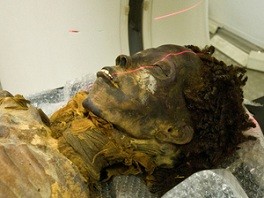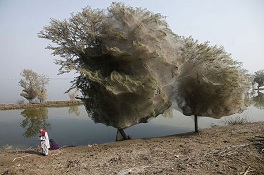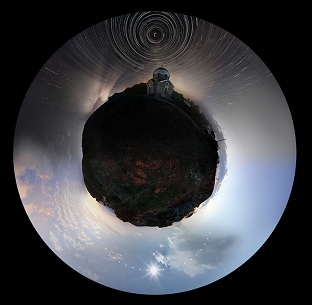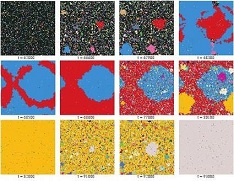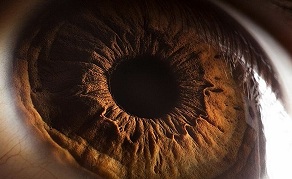 All Non-Africans Part Neanderthal, Genetics Confirm
All Non-Africans Part Neanderthal, Genetics Confirm
If your heritage is non-African, you are part Neanderthal, according to a new study in the July issue of Molecular Biology and Evolution. Discovery News has been reporting on human/Neanderthal interbreeding for some time now, so this latest research confirms earlier findings. - Damian Labuda of the University of Montreal's Department of Pediatrics and the CHU Sainte-Justine Research Center conducted the study with his colleagues. They determined some of the human X chromosome originates from Neanderthals, but only in people of non-African heritage. "This confirms recent findings suggesting that the two populations interbred," Labuda was quoted as saying in a press release. His team believes most, if not all, of the interbreeding took place in the Middle East, while modern humans were migrating out of Africa and spreading to other regions. The ancestors of Neanderthals left Africa about 400,000 to 800,000 years ago. They evolved over the millennia mostly in what are now France, Spain, Germany and Russia. They went extinct, or were simply absorbed into the modern human population, about 30,000 years ago.





